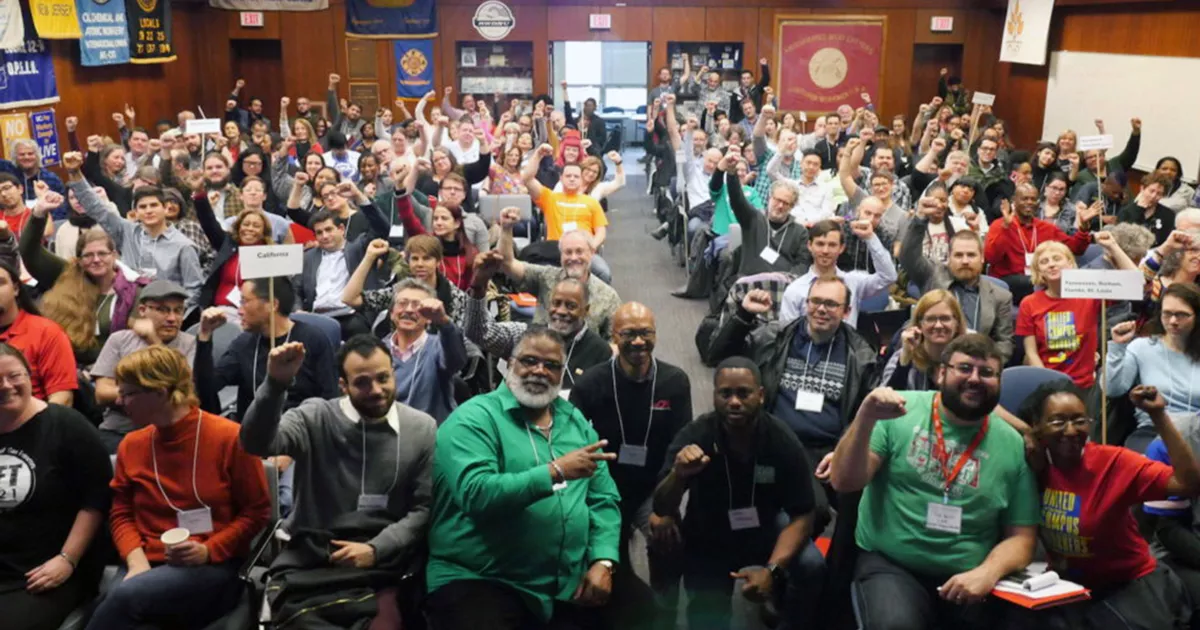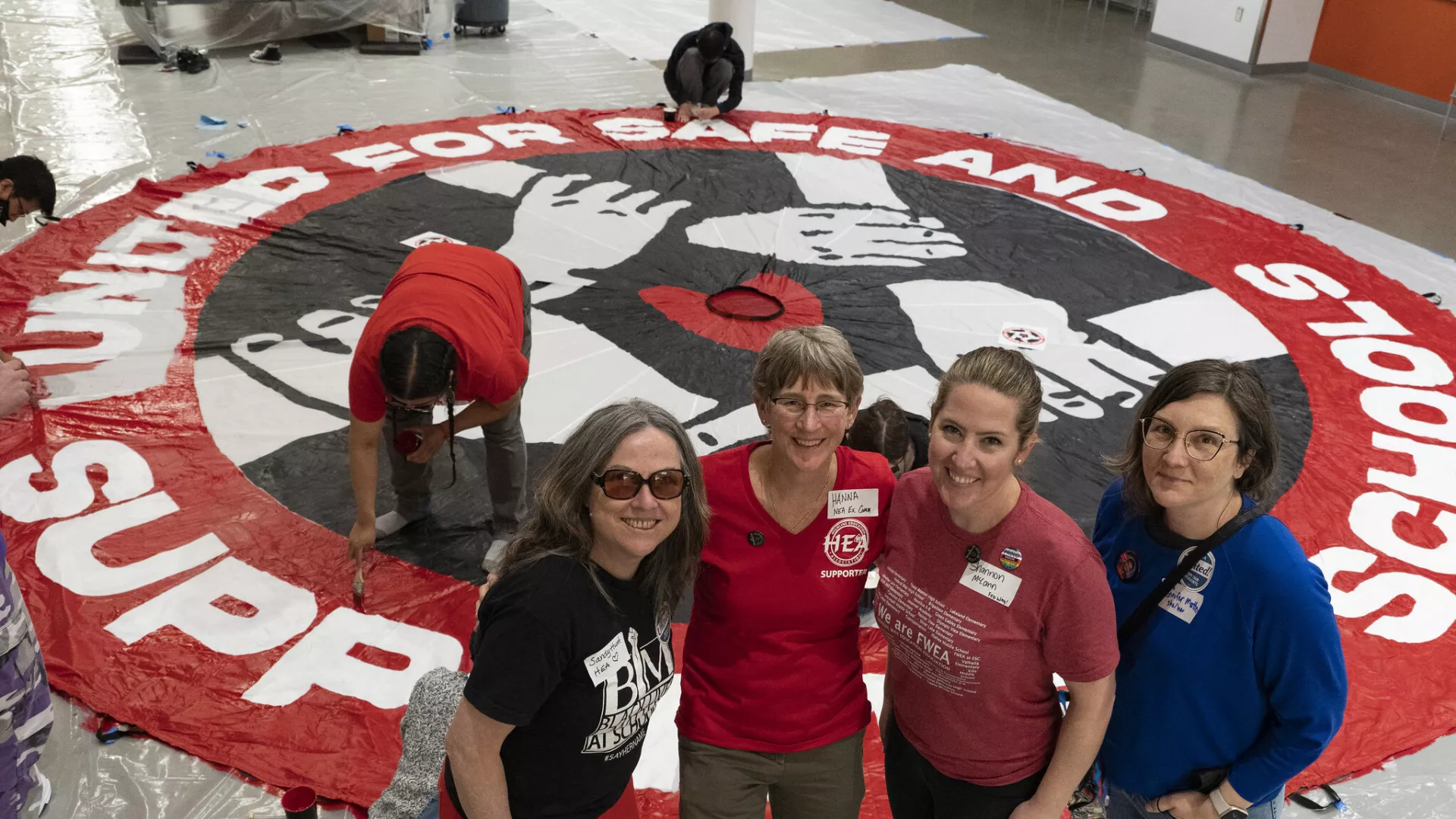Published: June 2020
Last Updated: June 2022
Collective bargaining is a process through which the union and employer exchange proposals, share ideas, mutually solve problems, and reach a written agreement.
Most times, bargaining occurs when an existing contract is going to expire. But sometimes, a local will be negotiating a first contract after organizing a new bargaining unit. Both sides form bargaining teams and gather information.
The resulting approved contract legally binds both parties. Each round of successor negotiations allows the parties to revisit existing agreements.
While there are many local variations, here is how the collective bargaining process commonly unfolds in public education.

Are you an affiliate?
Jump to updates, opportunities, and resources for NEA state and local affiliates.

Education News Relevant to You
We're here to help you succeed in your career, advocate for public school students, and stay up to date on the latest education news and trends. Browse stories by topic, access the latest issue of NEA Today magazine, and celebrate educators and public schools.
Stay Informed We'll come to you
We're here to help you succeed in your career, advocate for public school students, and stay up to date on the latest education news. Sign up to stay informed

